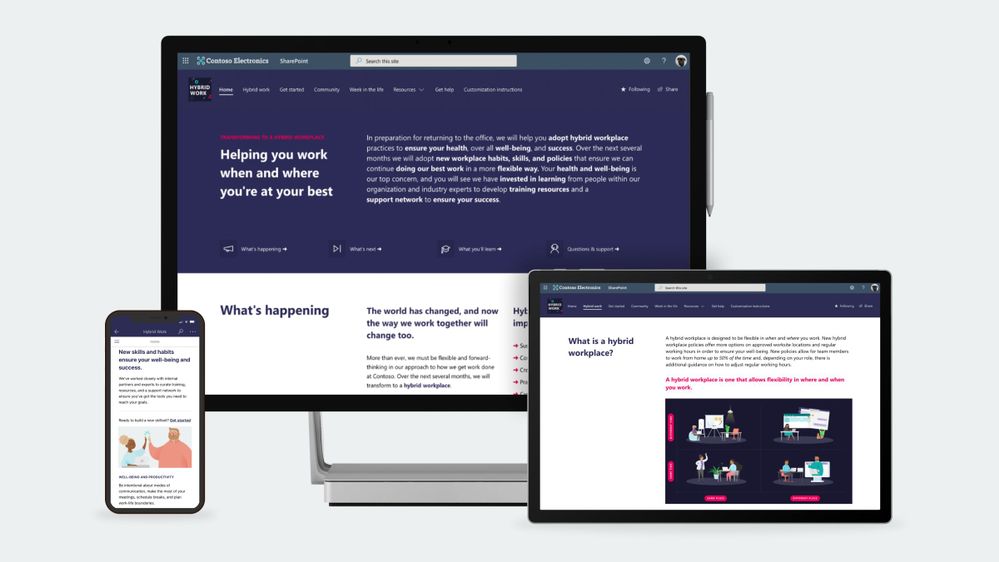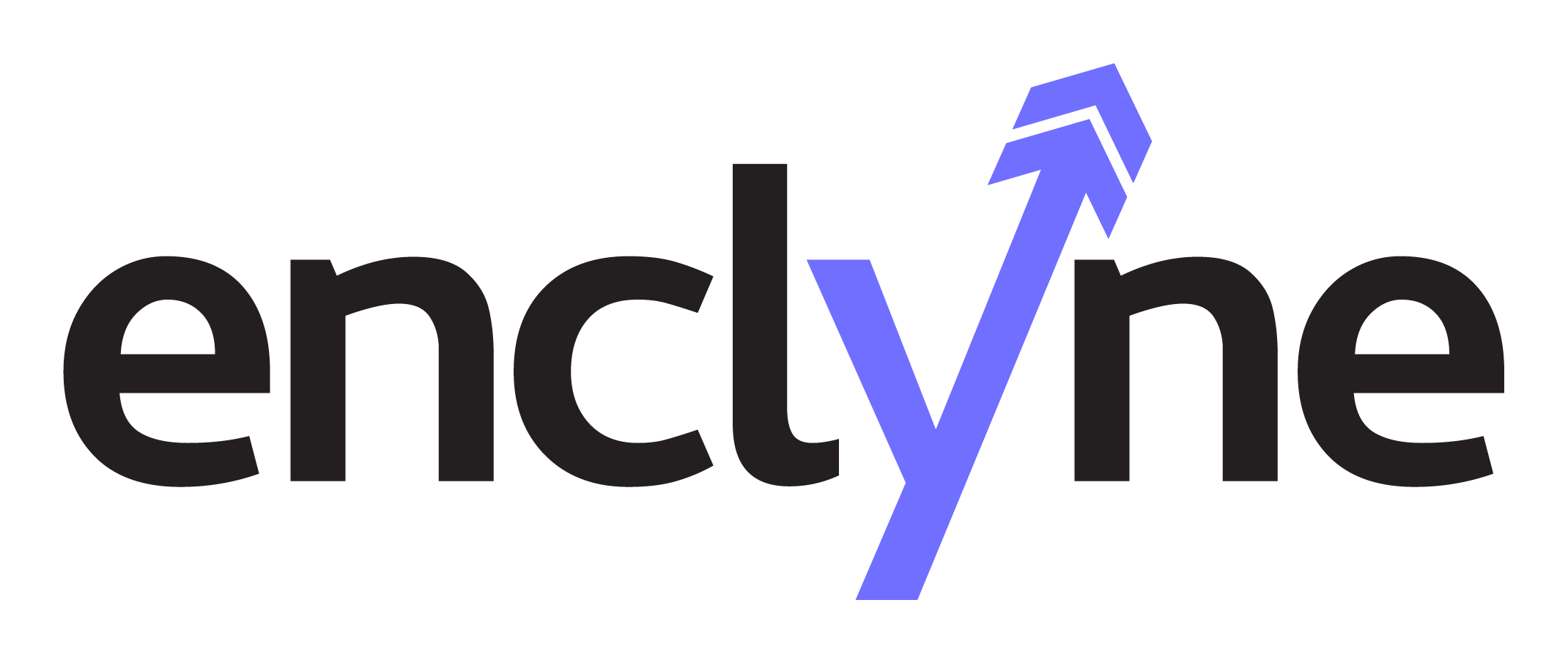When planning a SharePoint Online Migration, helping a department or team review their existing content so that they can determine what content can be removed, archived, or migrated is usually a time intensive process. The business users for any given department or team likely have daily responsibilities and job duties that make it hard for them to stop what they’re doing to review and make decisions about their existing content for the migration to SharePoint Online.
Here are some high-level recommendations:
Use 3rd Party Tools to Speed Up Analysis – Tools such as ShareGate or FolderSizes for SharePoint Migration planning and migration into Microsoft SharePoint Online, are designed to easily generate reports and provide basic metrics around existing content, which can drastically speed up analysis and consolidation for business users. Reports with metrics such as content age, number of duplicates, and files can help a department or team focus their energy first on finding low hanging fruit in the form of content that likely can be retired/removed. Reports that can show a department/team who are the top creators and modifiers of files within their group are the ideal team members who should be reviewing and making consolidation decisions about the content.
Follow the ROT Content Principle – ROT stands for Redundant-Outdated-Trivial content. This is a simple acronym and principle that can be socialized with business users. The concept is that for any piece of content that has one of these characteristics is likely a good candidate for removal or archival during the migration process. By a department/team taking the time to identify what subset of their content is ROT content, the group ensures that their primary content for a SharePoint Online Migration is unique, fresh, and valuable to not only their team, but other departments, teams, and coworkers who consume their content. This will accelerate the migration to Microsoft SharePoint Server and more so with SharePoint Online due to Microsoft’s throttling during ingestion.
Prefer A Phased Approach – Engaging with a department/team and its managers and members to perform a content consolidation and migration project is no small task. Not only does it require proper project management and meetings coordination to ensure progress and a successful result, it can require giving a department/team sufficient time to review and make consolidation decisions about their content. While it’s common to at least give a department/team at least 2 weeks to review and make consolidation decisions about their content, be flexible! Depending on the group’s total amount of folders and files and overall availability and project allocation for the SharePoint Online Migration, more time may be needed. If it’s necessary to prolong the document and files review period, make sure to setup recurring status meetings to ensure that the review work is progressing from week to week and not falling to the bottom of the team’s priorities. Lastly, the more emphasis is put into educating a group’s users on the overall consolidation and migration process, the project timeline, and understanding the project’s short-term and long-term benefits, the likelier a successful project.
Simplify Security Where Possible – Especially in the case of a File Shares to Microsoft’s Office 365 SharePoint Online Migration, it is always necessary and useful to know what the existing security and permissions were for a given group’s existing folders and files. However, wanting to preserve the overall user access for these folders/files should not be used as an excuse to avoid identifying opportunities for streamlining and simplifying access to a team’s various folders and files. When migrating content to SharePoint Online, it is still possible to setup unique security and permissions on individual document libraries, folders, and files. However, from an administration standpoint, it’s often easier and more maintainable to setup security at the site level and have each site’s libraries, folders, and files inherit that security. In practical terms for a given team, this could mean creating one site that is locked down and whose content is only available to a smaller, subset of team members and another site that all team members have edit access to and can easily collaborate on files with each other.
ShareGate: ShareGate is a comprehensive tool for analyzing and migrating documents and data to Microsoft’s SharePoint Server and Microsoft’s Office 365 SharePoint Online. ShareGate will migrate the information, metadata, security and a number of attributes. The tool is a leader in document consolidation and migration services.
FolderSizes: Foldersizes is a disk space analyzer for Windows which provides IT professionals with an indepth view into the Files Shares. The tool identifies data quantities, duplicates, large files, old files, temporary, and duplicate files and show file distribution by type, size, attributes, age, or owner.
One last note on this topic is especially needed around External User sharing. In cases where several external users outside your company need access to your team’s content, it would be wise to have a separate site for your team where team members can share this content as needed without worrying about external users being able to access all or confidential content from the given team.
MERGERS & ACQUISITIONS: With our team’s assistance you will accelerate the integration of your information technology assets. Enclyne specializes in merging messaging systems, document management and server and networks. Use our experience to ensure your merger’s success.

